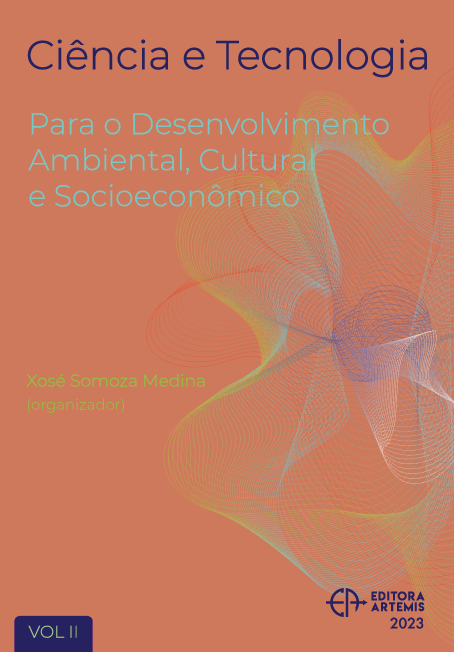
MACROPOROUS SILICON STRUCTURES IN 700 NM AND 500 NM
Macroporous Silicon is a structured material with which innovative optical and electrical characteristics can be obtained. It consists in a crystalline silicon slab where tubular perforations are made. Several fabrication methods exist, electrochemical etching being one of the most versatile. With it, the diameter of the pores can be modulated in depth, resulting in 3D structures. Also, structures with very large aspect ratio (depth / diameter) can be achieved. One particular field of use of macroporous silicon is in photonics. Such applications generally require the fabrication of ordered structures whose dimensions are directly correlated with the optical response of the fabricated devices. In particular pore diameter and lattice pitch define the working wavelengths of the devices. Common uses of optical technology in areas such as communications or gas sensing require working with wavelengths in the Near Infrared (NIR) and the Medium Infrared (MIR) regions. That is, for wavelengths ranging from 1 to 20 microns. Devices able to work in the shorter wavelengths thus call for photonic structures of smaller dimensions. To enable such devices, the macroporous silicon fabrication technology has been developed and improved to allow the fabrication of structures with 700 nm and 500 nm lattice pitch.
MACROPOROUS SILICON STRUCTURES IN 700 NM AND 500 NM
-
DOI: 10.37572/EdArt_27022376716
-
Palavras-chave: Macroporous silicon, electrochemical etching, Gas sensors, Mid Infrared.
-
Keywords: Macroporous silicon, electrochemical etching, Gas sensors, Mid Infrared.
-
Abstract:
Macroporous Silicon is a structured material with which innovative optical and electrical characteristics can be obtained. It consists in a crystalline silicon slab where tubular perforations are made. Several fabrication methods exist, electrochemical etching being one of the most versatile. With it, the diameter of the pores can be modulated in depth, resulting in 3D structures. Also, structures with very large aspect ratio (depth / diameter) can be achieved. One particular field of use of macroporous silicon is in photonics. Such applications generally require the fabrication of ordered structures whose dimensions are directly correlated with the optical response of the fabricated devices. In particular pore diameter and lattice pitch define the working wavelengths of the devices. Common uses of optical technology in areas such as communications or gas sensing require working with wavelengths in the Near Infrared (NIR) and the Medium Infrared (MIR) regions. That is, for wavelengths ranging from 1 to 20 microns. Devices able to work in the shorter wavelengths thus call for photonic structures of smaller dimensions. To enable such devices, the macroporous silicon fabrication technology has been developed and improved to allow the fabrication of structures with 700 nm and 500 nm lattice pitch.
-
Número de páginas: 17
- Angel Rodríguez Martínez
- Didac Vega Bru
- Jordi Llorca Piqué

